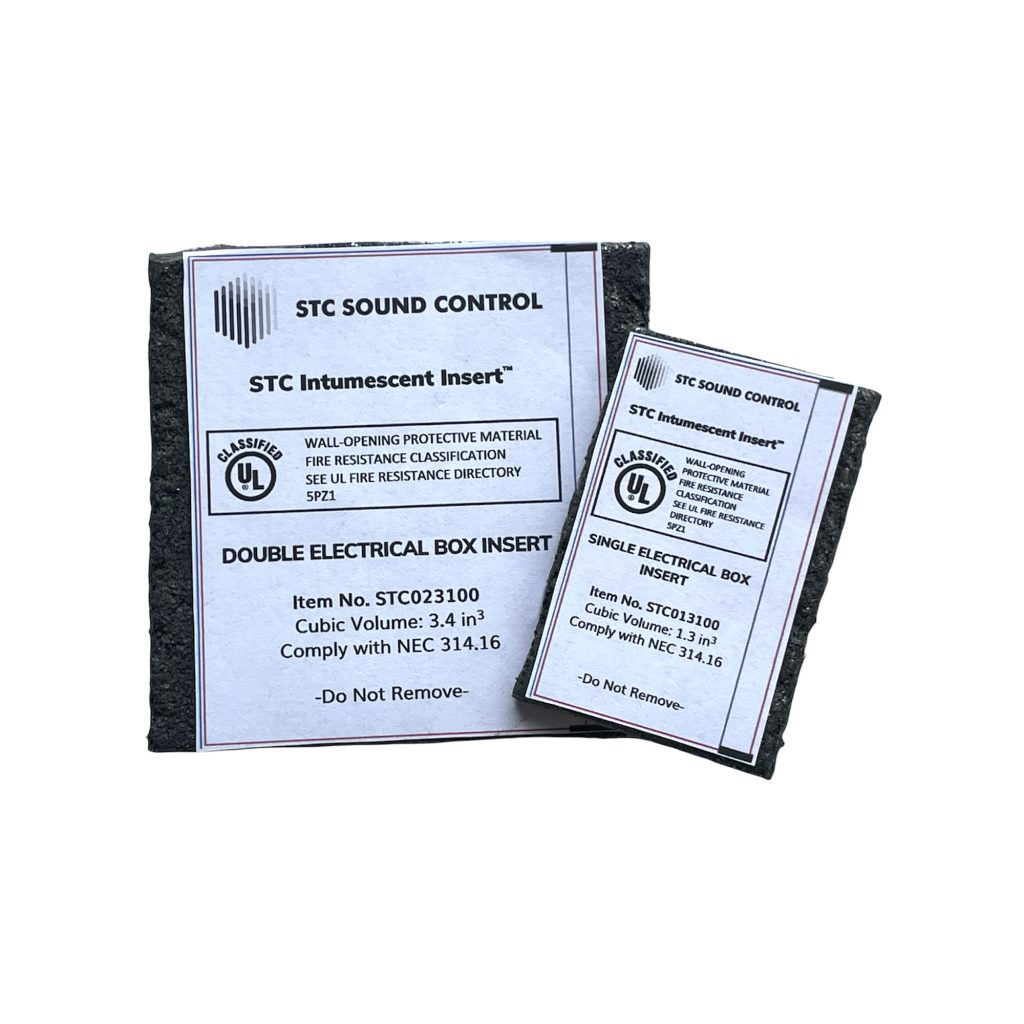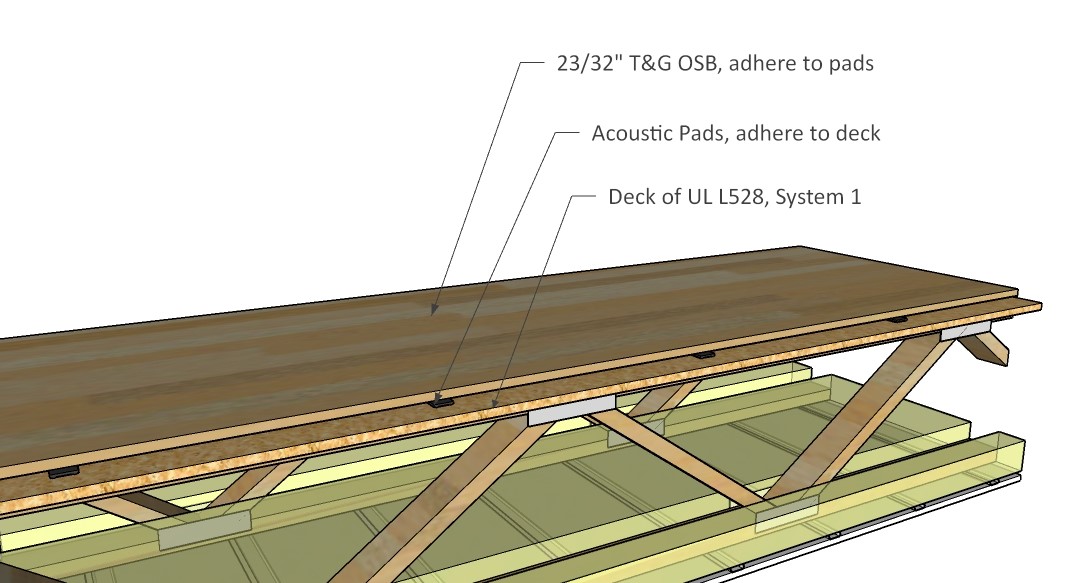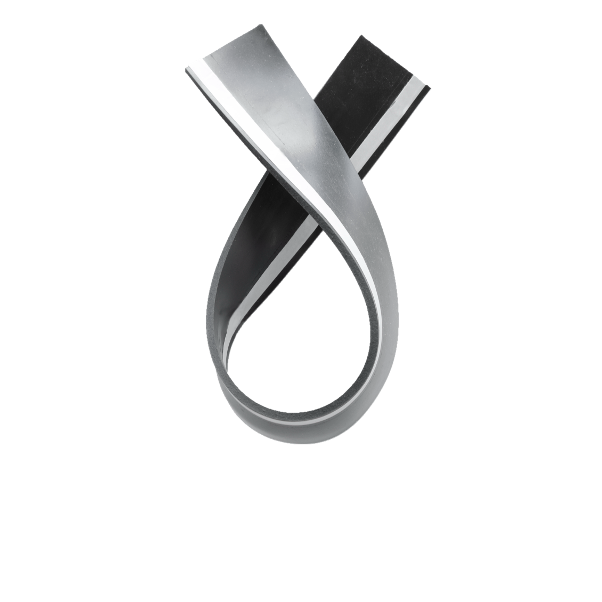- (716) 839-0900
- info@stcsoundcontrol.com
Partitions are used to isolate rooms from noise and to protect rooms from the spread of fire. The International Building Code (IBC), the most common model for state and local codes, refers to these as fire partitions.
When electrical outlets are recessed into these partitions and outlets on opposite sides of the wall are within 24-inches horizontally from each other, they are required to have special wall opening protective measures to prevent fire spread – referred to as the 24-inch Rule by electricians (IBC 714.3.2).
Fire partitions are rated for 1-hour and are required as separations for dwelling units in apartments, condominiums, student housing and assisted living facilities. They are also required to separate sleeping rooms in hotels and dormitories. These are the same partitions where sound control is desired and required by the Code (IBC 1207.2).
The STC Intumescent Insert is an electrical box insert that is UL-listed and certified as a wall opening protective material for one-hour and two-hour fire partitions (R38040). It is sold separately or with the Box Seal as a set at deep discount.

The STC Acoustic Pad™ is an acoustic floor covering system that can be installed on any fire-rated or non-rated floor/ceiling assembly. It is a substitute for acoustic mats and gypsum cement underlayment, at much less cost, higher performance, and better comfort underfoot.
Wood panels are also permitted over concrete decks in non-combustible floor construction per IBC 603.1.5. Non-combustible panels can also be used such as cement-bonded particle board, magnesia board, and structural cement board.

It is not required for the joint between window wall mullions and fire barriers or fire partitions to be fire-rated. The mullions are typically made of aluminum and will melt or distort at the 1700oF temperatures of fire tests, so there is no test for this condition.
The International Building Code, Section 715.4.2, does include a requirement that requires fill at the joint “so as not to dislodge, loosen, or otherwise impair its ability to accommodate expected building movements and to retard the passage of fire and hot gases.” The STC Mullion Seal, with its fire-resistive neoprene rubber and patented offset adhesive, meets these criteria simply, at very low cost and with high acoustical performance.

Legal Name: STC Architectural Products LLC
Assumed Name: STC Sound Control
1200 Northland Ave. Buffalo, NY 14215
Telephone: 716-839-0900
E-mail: info@stcsoundcontrol.com
STC Sound Control makes acoustical products for architecture that minimize the annoyance and aggravation related to noise…..read more